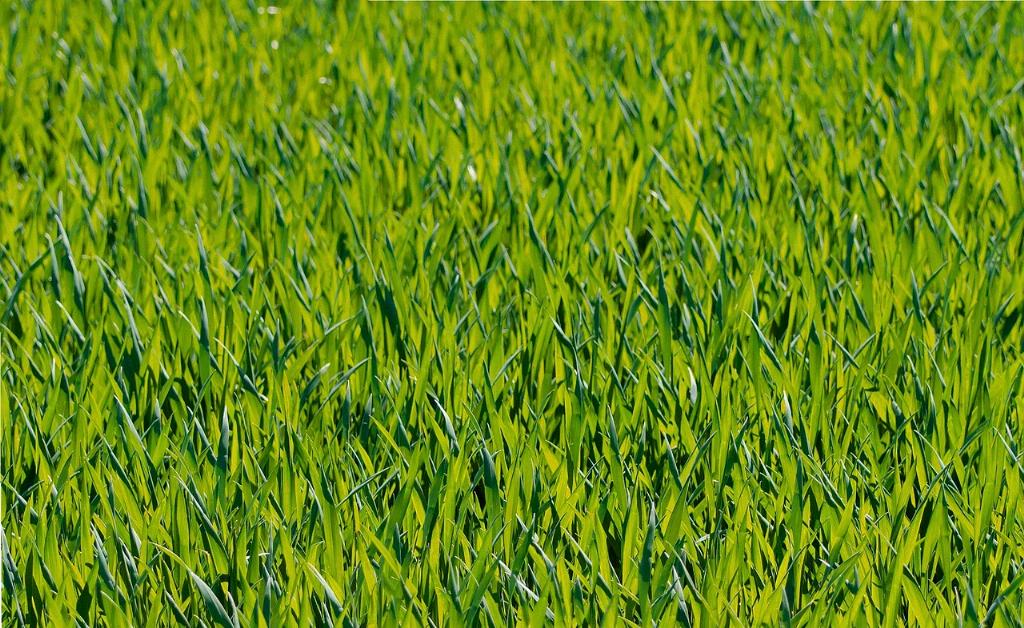When it comes to maintaining a lush and vibrant lawn, aeration is a crucial practice that should not be overlooked. So, what exactly is aerating your lawn? Simply put, aeration involves creating small holes in the soil to allow air, water, and nutrients to reach the roots of the grass.
The Importance of Aeration
Aeration plays a vital role in promoting the overall health of your lawn. By loosening compacted soil and allowing essential elements to penetrate deeper into the ground, aeration helps to improve root growth and enhance the overall resilience of your grass.
Benefits of Aeration for Your Lawn
By aerating your lawn, you can enjoy a myriad of benefits. Not only does aeration promote better nutrient absorption and root development, but it also improves air circulation in the soil, reduces thatch buildup, and enhances water retention, leading to a greener and healthier lawn.
When to Aerate Your Lawn
Timing is key when it comes to aeration. In general, the best time to aerate your lawn is during the growing season when the grass can quickly recover and take advantage of the enhanced soil conditions. For cool-season grasses, early spring or fall is ideal, while warm-season grasses benefit most from aeration in late spring to early summer.
How to Aerate Your Lawn
There are various methods to aerate your lawn, including using a manual or motorized aerator that removes plugs of soil, or a spike aerator that punctures the ground with tines. It’s essential to ensure that the aeration process covers the entire lawn area evenly to maximize its effectiveness.
Preparing Your Lawn for Aeration
Prior to aerating your lawn, it’s advisable to mow the grass to an appropriate height and water the area thoroughly to soften the soil. Avoid aerating a dry or waterlogged lawn, as it may hinder the effectiveness of the process.
Post-Aeration Care
After aerating your lawn, consider overseeding to fill in any bare spots and apply a top dressing of compost to help improve soil quality. It’s also crucial to water the lawn adequately in the following weeks to promote root growth and recovery.
Common Mistakes to Avoid
One common mistake to avoid when aerating your lawn is overcompacting the soil by using heavy equipment or aerating at the wrong time. Additionally, failing to follow up with proper maintenance practices can diminish the benefits of aeration.
Consulting with Professionals
If you’re unsure about the best approach to aerating your lawn or need assistance in determining the specific needs of your grass, don’t hesitate to seek advice from lawn care professionals. They can provide valuable insights and recommendations tailored to your lawn’s characteristics.
Conclusion
Aeration is a fundamental practice that can significantly impact the health and appearance of your lawn. By understanding the importance of aeration, knowing when and how to aerate your lawn, and following up with proper post-aeration care, you can ensure a thriving and resilient turf that enhances the beauty of your outdoor space.

